Imagine stepping into a workspace, bathed in comfortable, gentle light that is optimally designed to boost productivity while nurturing tranquility. Achieving this delicate balance is as much of a science as it is an art. A significant body of research points to the profound impact lighting can have on our productivity and mood. The correct use and balance of natural, artificial, and ambient lighting can support supreme concentration, enhance creativity, and reduce eye strain. This comprehensive exploration delves into the intricate relationship between lighting and workspace productivity, unpacking a wealth of studies and practical applications to empower people in creating ideal, serene workspaces.
Understanding the Impact of Lighting on Productivity and Mood
The Importance of Lighting in a Workspace
The impact of lighting on productivity and tranquility in a working or studying environment cannot be overstated. While it might seem trivial, research has consistently shown that lighting affects concentration, fatigue, mood, and overall performance. Besides, poor lighting can lead to health problems such as eye strain and headaches, further reducing productivity.
Types of Light and their Impact
Broadly speaking, lighting can be grouped into three categories: natural light, artificial white light, and blue light. Natural light, which comes from the sun, has been shown to increase happiness, reducing stress and enhancing mood. Furthermore, studies have indicated that natural light improves energy and productivity, contributing to a more tranquil workspace.
Artificial white light, typically from fluorescent bulbs or LEDs, is the most common type of indoor lighting. While it doesn’t offer all the benefits of natural light, the brightness of white light can improve focus and efficiency. However, it’s important to balance brightness levels. Too bright light can lead to glare and eye discomfort, whereas too dim light can cause eye strain and fatigue.
Blue light often gets a bad reputation for its potential negative impact on our sleep cycles. However, it’s not all bad. Blue light can boost alertness, reaction times, and mood. Hence, working under blue light during the day can be beneficial.
Creating Ideal Lighting Conditions
Setting up optimal lighting in your workspace starts with harnessing as much natural light as possible. Place your desk near windows, allowing natural light to illuminate your workspace directly. However, be mindful of the changing light conditions throughout the day and use window treatments like blinds or curtains to reduce excessive brightness or glare.
For artificial lighting, choose white LED lights for their brightness and energy efficiency. Consider lamps with adjustable brightness levels to easily adapt to different tasks and times of the day.
To leverage the benefits of blue light, consider using a blue light lamp during the day, especially during the early hours for a quick energy boost. Be cautious, however, to reduce exposure to blue light in the evening, which can interfere with your sleep cycle.
Ergonomic Lighting
Ergonomic lighting is about placing and adjusting light sources for maximum comfort and productivity. This means avoiding stark contrasts in brightness and reducing shadows and glare on your screen, paper, or work surface. Task lamps with adjustable position and brightness can help achieve this aim.
Influence of Light Color Temperature
Color temperature, measured in Kelvins (K), plays a crucial role in setting the mood for a workspace. Warm light (around 3000K) creates a relaxing, comfortable environment conducive to creative thinking. Conversely, cool light (above 4000K) is lively and energetic, promoting alertness and concentration, ideal for intense focus-driven tasks.
Light and Circadian Rhythm
Finally, it’s essential to understand the role of light in regulating our circadian rhythm or internal body clock. Our bodies respond to changes in light, helping us wake up or preparing us for sleep. Hence, using warmer lights as the day progresses can help prepare the body for sleep, whilst bright, cooler lights in the morning can help with alertness.
It is critical to acknowledge the profound impact of workspace lighting on productivity and tranquility. By harnessing the power of natural daylight, fine-tuning your artificial lighting setup, adhering to ergonomic lighting standards, and studying the role of color temperature and circadian rhythms in human biology, you can redefine your studying or working environment to be more conducive to productivity and peace.
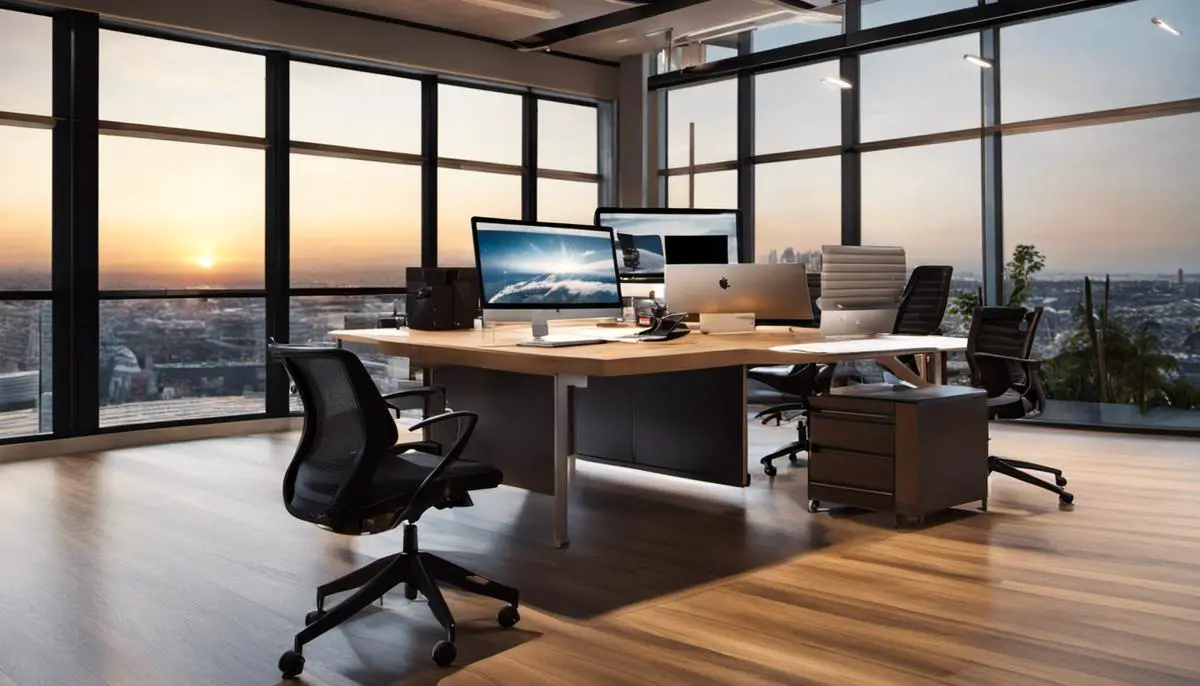
Types of Lighting: Natural, Artificial, and Ambient
Role of Natural Lighting in Productivity
Numerous scientific studies vouch for the powerful influence of natural light on productivity. The sunlight exposure is not only responsible for boosting mood and reducing fatigue, but it also lowers the incidence of eyestrain. Furthermore, it keeps our body’s circadian rhythms – the internal clock that governs sleep, mood, and metabolic health, in check. Interestingly, more exposure to natural light during daytime can enhance the quality of sleep at night, which is a direct contributor to increased productivity.
Nevertheless, it’s worth noting that natural lighting isn’t constant, with fluctuations based on the time of day and unpredictable weather changes. Moreover, the direct sunlight may create glaring light and sharp shadows, which could pose challenges such as discomfort and eye strain.
Artificial Lighting Pros and Cons
When natural light isn’t an option, artificial lighting becomes the primary source of light. Artificial lighting can be controlled and manipulated to suit an individual’s specific lighting preferences such as brightness and color temperature.
Nonetheless, excessive exposure to specific types of artificial light such as cool white fluorescent light may hinder productivity. Research has shown that prolonged exposure to artificial light may lead to health issues like sleep disorders and headaches. Furthermore, inefficient lights can cause eye strain and feelings of anxiety.
Task Lighting and Workspace Efficiency
Task lighting is another element to consider when aiming to enhance productivity in a workspace. Task lighting refers to additional light provided where specific tasks are performed, such as on a laptop or paperwork. This targeted lighting allows for greater focus on the task at hand and limits eye strain helping improve overall efficiency.
Ambient Lighting for Tranquility
Ambient lighting sets the overall light for a room and is designed to provide a uniform light level without harsh shadows or bright spots. It promotes a sense of tranquility and peace in a workspace by reducing harsh contrasts of light and dark. This can be achieved by using fixtures that give off a diffused light or by using dimmer switches to reduce the levels of main lighting fixtures.
Ambient lighting, while soothing, is often inadequate for tasks that require attention to detail. Therefore, a combination of light sources including task lighting is often necessary for workspaces.
LED Lighting: A Balance of Productivity and Tranquility
LED lights are increasingly being used in workspaces due to their benefits over traditional alternatives. LED lights consume less energy, last longer, and can emit light in a variety of color temperatures. Warm, yellowish light can create a sense of calm, while cool, bluish light promotes alertness and productivity. However, too much cool, white light can lead to sleep problems due to its inhibition of melatonin, the hormone that regulates sleep and wakefulness.
In conclusion, the right balance of natural light, artificial light, and task lighting can lead to an increase in productivity and promote a sense of tranquility in the workspace. Emphasis should be placed on maximizing natural light where possible, and supplementing with adjustable artificial light sources to allow for enhanced focus on tasks. LED lights provide a balanced solution that facilitates both productivity and tranquility.
Personalized Lighting for Optimal Productivity
When it comes to choosing the right lighting for a workspace, personal preferences and specific tasks play a crucial role. This makes flexible and adjustable lighting solutions an ideal choice. They can be customized according to individual requirements, thereby optimizing the productivity of each individual workspace.
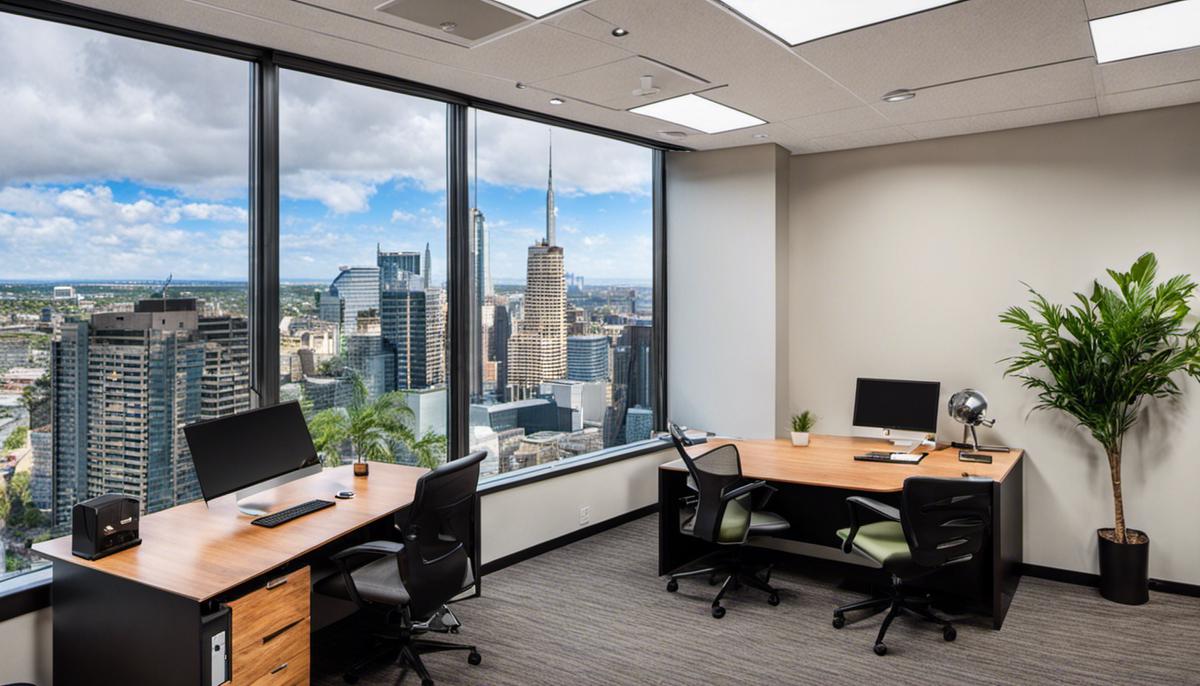
Optimizing Natural Light for Workspace Productivity
The Significant Role of Natural Light
One cannot overlook the profound impact of natural light in enhancing productivity and instilling a sense of tranquility in study areas and workspaces. Studies have shown that those exposed to natural light while working are likely to be more productive, healthier, and happier. This is because the full spectrum of sunlight, which comprises all the necessary colors of light, positively influences our mood, alertness, and sleep cycles.
Positioning Your Workspace
The positioning of your desk or workstation can greatly affect your exposure to natural light. Place your desk close to windows to allow the maximum amount of sunlight in. However, be mindful that direct sun exposure can produce glare on your computer screen and increase the temperature, creating discomfort. A desk placed perpendicular to the window, rather than directly in front of it, can help mitigate these issues.
Optimizing the Ideal Amount of Natural Light
Providing the perfect amount of natural light is critical. Too little light can strain your eyes and worsen productivity, and too much can generate glare and heat discomfort. You can control the amount of light through adjustable window treatments such as blinds, curtains, or a simple window film. These not only control the sunlight but also protect from harmful UV rays.
Strategic Use of Reflective Elements
Reflective elements can significantly boost the amount of natural light that permeates your workspace. Mirrors, light-colored walls, glass tables, and shiny objects can all effectively reflect and distribute light. Installing a large mirror opposite a window can spread light throughout the room. Lighter colored walls and ceilings reflect more light compared to dark ones, expanding the perception of space and adding an element of tranquility.
Balancing Artificial and Natural Light
On days when natural light is limited, or for late-night work instances, combining artificial and natural light is recommended. An adequately lit workspace influences our alertness, mood, and cognitive performance. Light sources should compliment daylight color temperatures for the best results. For example, during the day, cooler color temperatures can reinforce focus and alertness, while in the afternoon and evening, warmer lights promote relaxation.
Laying the Foundations for a Well-Lit Workspace
The opportunity to cultivate a workspace that optimizes productivity and elicits peace is reliant upon several key components such as ergonomic structure, purposeful organization, and most importantly, judicious choice and placement of lighting. Particularly, a successful alignment of your workstation with sources of natural light can transform your workspace into an oasis of calm and concentration. Whether you’re placing your desk near windows to catch the daylight, using reflective surfaces to enhance the light exposure, or controlling the quantity of light entering your workspace, an adept management of lighting can greatly improve both your work performance and comfort.

Artificial Lighting Solutions for a Productive Workspace
Decoding the Science of Artificial Lighting for Workspaces
The role of artificial light in simulating an environment conducive to productivity and serenity is paramount and it comes in several types. Desk lamps, for instance, are popular among many due to their movable structure and flexibility in utility. They can be adjusted as per the work need, offering focused lighting suitable for precise tasks such as reading, writing, or sketching.
Contrastingly, overhead lighting is a more comprehensive solution that launches light across wider areas and is thus most suited to larger workspaces and open layout areas. The light intensity and dispersion can be managed via a dimmer switch, making it possible to create a comfortable, productivity-boosting environment.
Furthermore, specialty task lighting like under-cabinet lights, track lights, and pendant lights provide personalized solutions fit for specialized tasks. These lights, similar to desk lamps but more fine-tuned in their function, aid in intensive and task-specific activities such as cooking, drafting, or jewelry crafting.
LED Lighting for Productivity and Tranquility
LED lighting is a crucial element offering efficiency, durability, and most importantly, versatility in color temperature. Unlike traditional light sources, LED technology allows you to control the color temperature of your lighting, meaning you can adjust it to suit your activity and mood, thereby promoting productivity and tranquility.
Color Temperature and Brightness Levels
Color temperature is a measure of the light bulb’s color when illuminated, and is expressed in degrees Kelvin (K). Cooler color temperatures (5000K and above) stimulate the brain, increasing concentration and alertness – making them perfect for workspaces where intense concentration or creative thinking is required. Warmer color temperatures (3000K and below), however, have a calming effect conducive to relaxation and tranquility.
Brightness, meanwhile, is measured in lumens and represents the amount of light produced by a bulb – the higher the lumens, the more light will be emitted. It’s crucial to adjust brightness levels to avoid intensive light exposure, which can lead to eye strain and glare, consequently reducing productivity.
Finding the Right Balance
Understanding that light influences both productivity and tranquility can help you design the ideal study or work area. It’s crucial, however, to strike a delicate balance. A cool, brightly-lit space may bolster concentration, but when overdone, it can lead to discomfort and visual fatigue. On the other hand, a warm, low-lit environment might instill relaxation, but it could impede detailed tasks or focused work. Therefore, blend different kinds of light, tweak the brightness when necessary, and choose the accurate LED color temperature. This approach will enhance productivity and simultaneously preserve a calm, comfortable workspace.
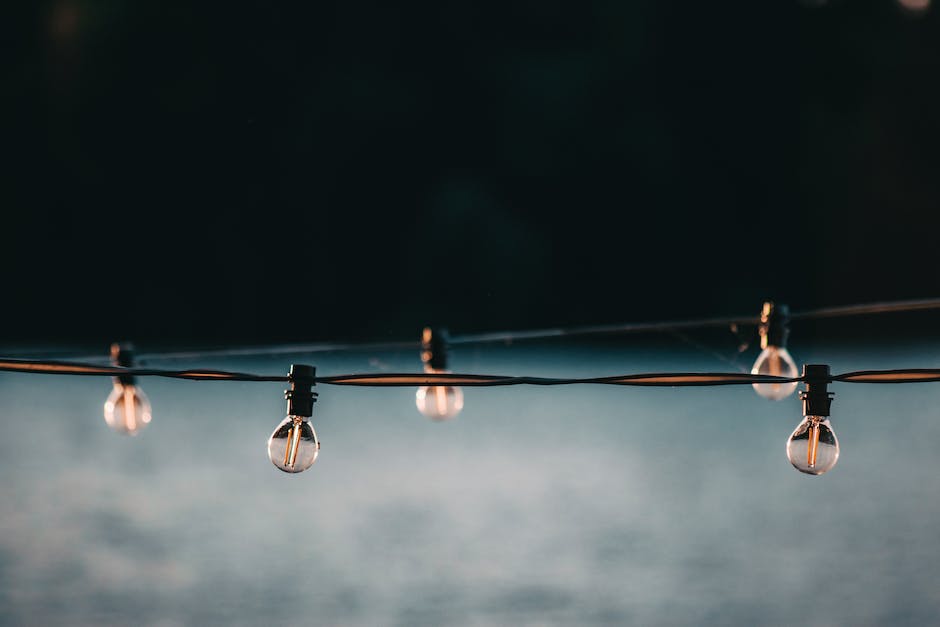
The Role of Ambient Light in Creating Tranquil Workspaces
Understanding the Impact of Light on Productivity and Tranquility
Light plays a vital role in molding a work environment conducive to productivity and serenity. The characteristics, spectrum, and intensity of light can greatly affect cognitive capabilities and emotional states.
Dimmers for Controlling Intensity
Dimmers are particularly useful to control the intensity of the light, which can be adjusted based on the task at hand or the time of day, instead of having a static intensity throughout the day. Brighter light encourages productivity while studying or engaging in tasks that demand attention to detail. As the day progresses, lower intensity light is suggested to emulate dusk and promote a sense of tranquility, preparing the mind and body for rest. These alterations can be adjusted easily using dimmers, contributing to the mental well-being and physical comfort of those in the workspace.
The Effect of Light Colors
The color of light, also known as its temperature, likewise, plays a crucial role in shaping the ambiance. Cooler tones, such as natural daylight white light, stimulate active brain function and can promote focus and productivity, ideal for high-concentration tasks. Warmer tones, such as amber or soft white, produce a relaxing effect, reducing stress, and fostering tranquility. Certain light bulbs offer adjustable temperature settings, allowing for a seamless transition between different tasks or times of the day.
Positioning of Lights
Positioning of lights also affects the overall atmosphere of the workspace. The selection between direct or indirect lighting significantly influences the aesthetic and functionality of the space. For concentrated activities, direct light sources, like desk lamps, provide focused light and reduce strain on the eyes. Meanwhile, indirect light sources, such as ceiling lights or wall sconces, create a more diffused light, reducing harsh shadows and promoting a peaceful atmosphere.
Natural Light – the Gold Standard
Whenever possible, optimizing the inflow of natural light is a powerful way to improve workspace lighting. Research consistently reveals that natural light increases productivity, reduces the risks of headaches, eyestrain and has a positive effect on mental health. It has a dynamic quality that artificial light finds hard to replicate.
In Conclusion
Strategically choosing the optimal color, intensity, and positioning of lighting in a workspace or study area can strike an excellent balance between productivity and tranquility. It necessitates not only considering individual preferences but also the type of tasks being carried out in that space. This process goes far beyond merely illuminating the setting; it’s about designing a workspace environment that fosters physical health and mental well-being.
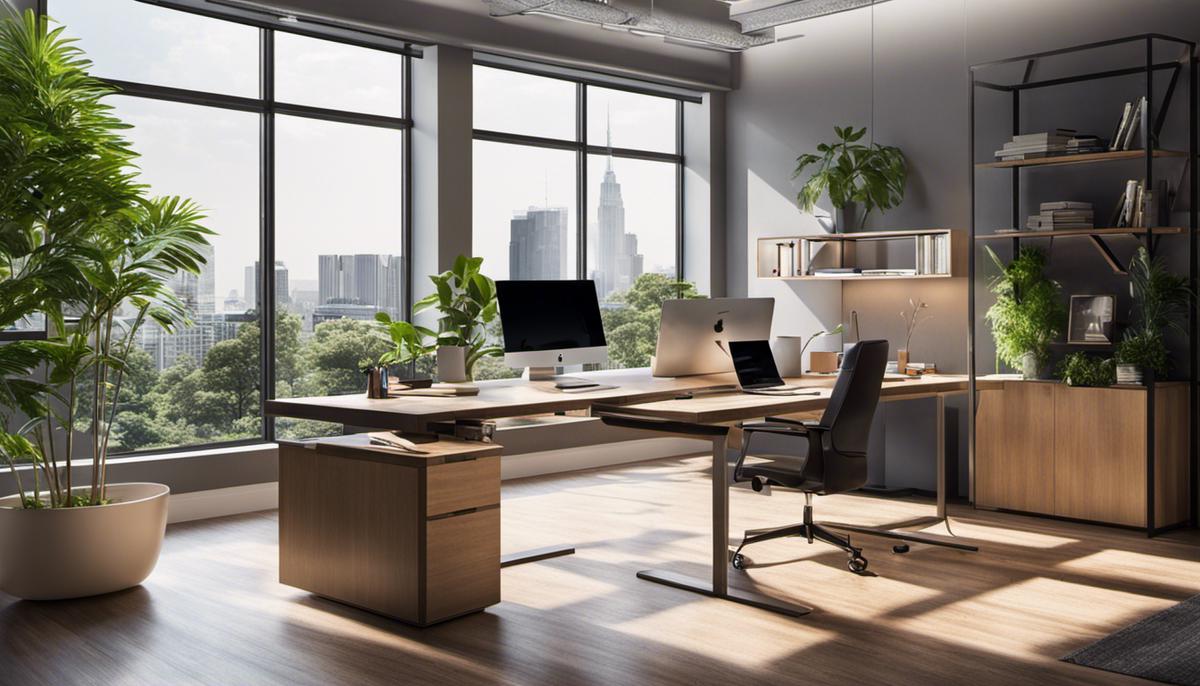
Case Studies and Real-Life Applications
The Role of Lighting in Enhancing Productivity and Peace in a Workspace: A Relevant Study
According to a 2017 study by the American Psychological Association, the type of lighting in a workspace considerably influences a worker’s mood and productivity. The research disclosed that those working under lighting enriched with blue hues reported feeling happier, more alert, and less fatigued than their counterparts working in white light. More so, their performance at work was notably higher.
Take for example an independent insurance company in Alberta, Canada, which took bold steps to revamp their workspace by introducing specialized dynamic lighting systems. Not long after the implementation, the firm reported a significant swell in employee productivity and overall job satisfaction. By their decision to use blue-enriched lighting during the earlier parts of the day and switch to warmer tones in the afternoon, the company was able to foster a more tranquil and motivated workforce.
Role of Lighting in Boosting Productivity: A Real-world example
In a classic example, an international software company based in San Francisco, California overhauled their workspace lighting on the suggestion of an industrial psychologist. They replaced harsh fluorescent lights with softer LED lights that mimic natural daylight. The LED lights incorporated were adjustable, allowing employees to control brightness levels depending on their personal preferences and the time of day. The company also introduced standing desks near large windows, and a break area with high color-temperature lighting to boost energy during breaks. In the following quarter, the company reported a 12% spike in productivity, and there was a noted decrease in employee fatigue and burnout.
Achieving Tranquility through Strategic Lighting: Seattle Library Case Study
Arguably one of the best instances where lighting was used strategically to promote tranquility is the Seattle Central Library in Washington. The library was architecturally designed to maximize natural light utilization. Its high ceilings, extensive use of glass, and direct sunlight exposure create an environment that fosters calm and tranquility, thus establishing an ideal environment for study and research. Patrons often report feeling a sense of calmness during their stay, and studies conducted have exhibited an increased cognitive performance amongst library users.
In a similar vein, the ‘Healing Offices’ project in Japan used different color temperatures and light intensities to create a rhythmic, day-long lighting environment for their employees. Following this transition, the company reported better mental health among its employees and an atmosphere of peace and tranquility.
These are testament to the fact that optimizing lighting is no longer a matter of aesthetics but rather an instrumental component in creating workspaces that contribute to improved productivity and tranquility. Each workspace or study area will have unique lighting requirements. It’s crucial to understand these needs to fully utilize lighting as a tool for enhancing productiveness and tranquility.
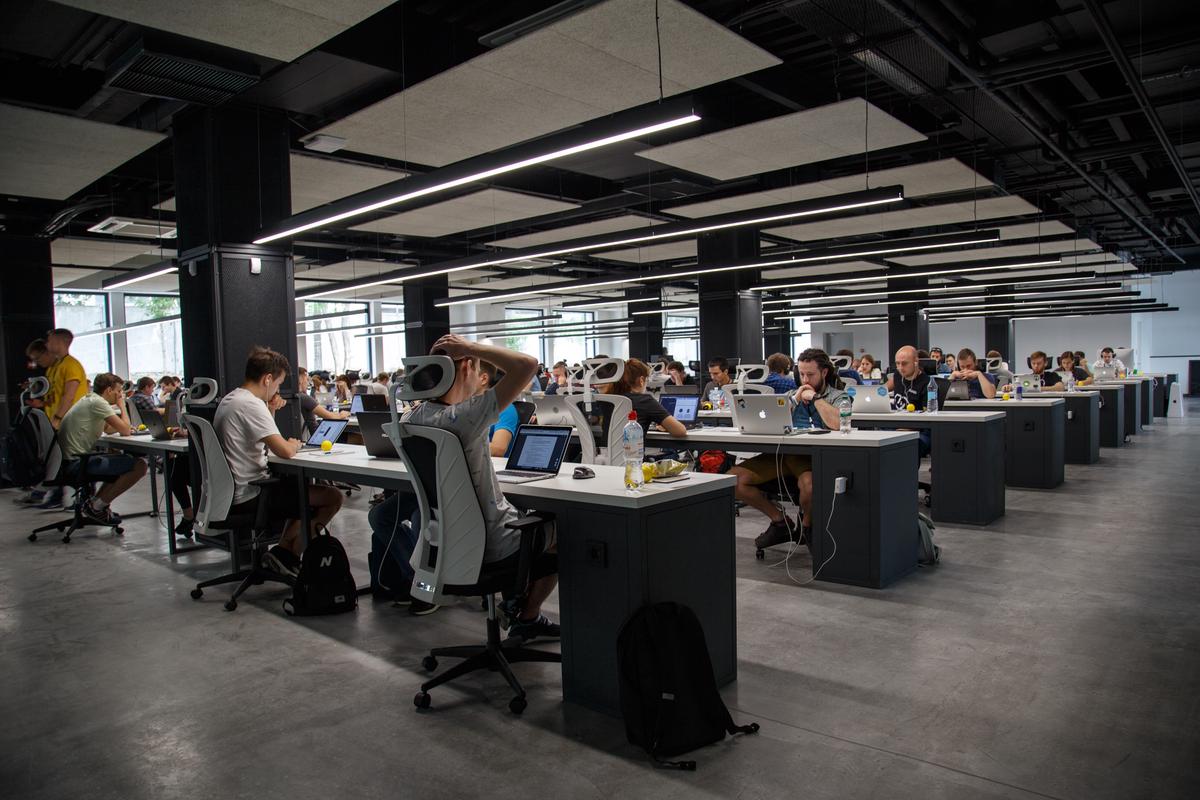
Be it a home office, a company workspace, or a bustling design studio, the impact of well-planned lighting cannot be overstated. Our discussion of different types of lighting, their optimal use, and practical ways to adjust them according to individual needs, underlines the importance of lighting in influencing productivity and atmosphere. Alongside sharing various artificial and natural lighting solutions, this discussion demonstrates how, by investing in thoughtful, scientifically-backed lighting adjustments, extraordinary enhancements in productivity and tranquility can be realized. The inclusion of case studies further emphasizes the transformative potential of well-curated lighting, creating workspaces that foster both focus and peace.

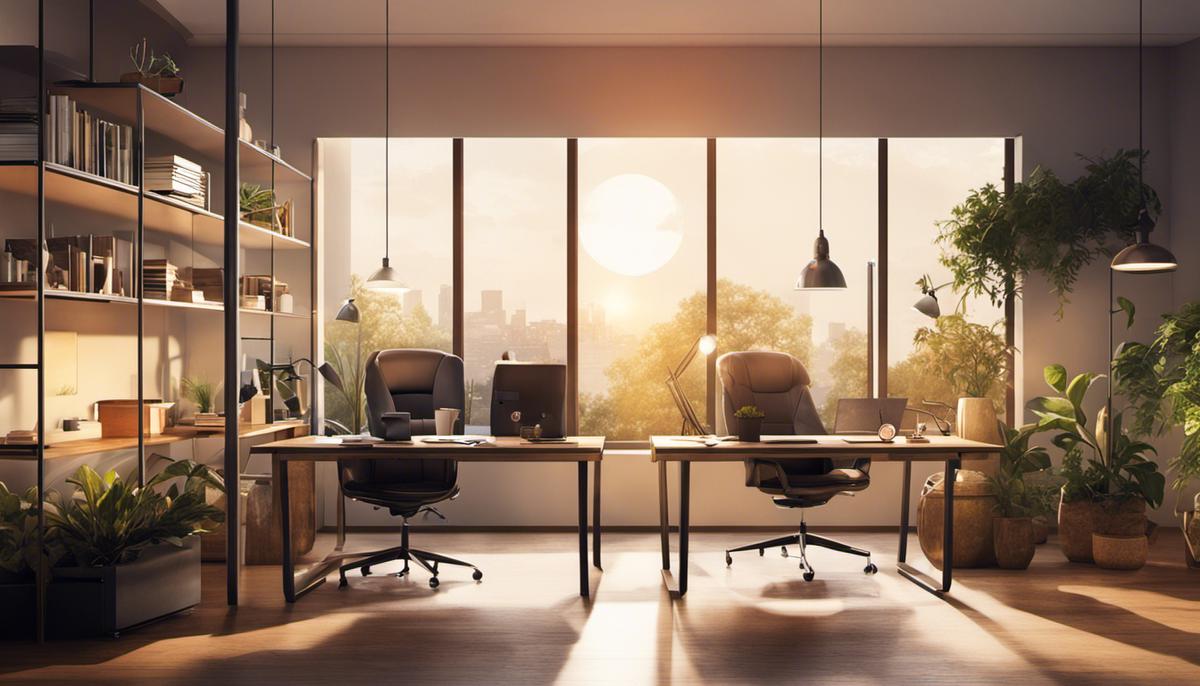
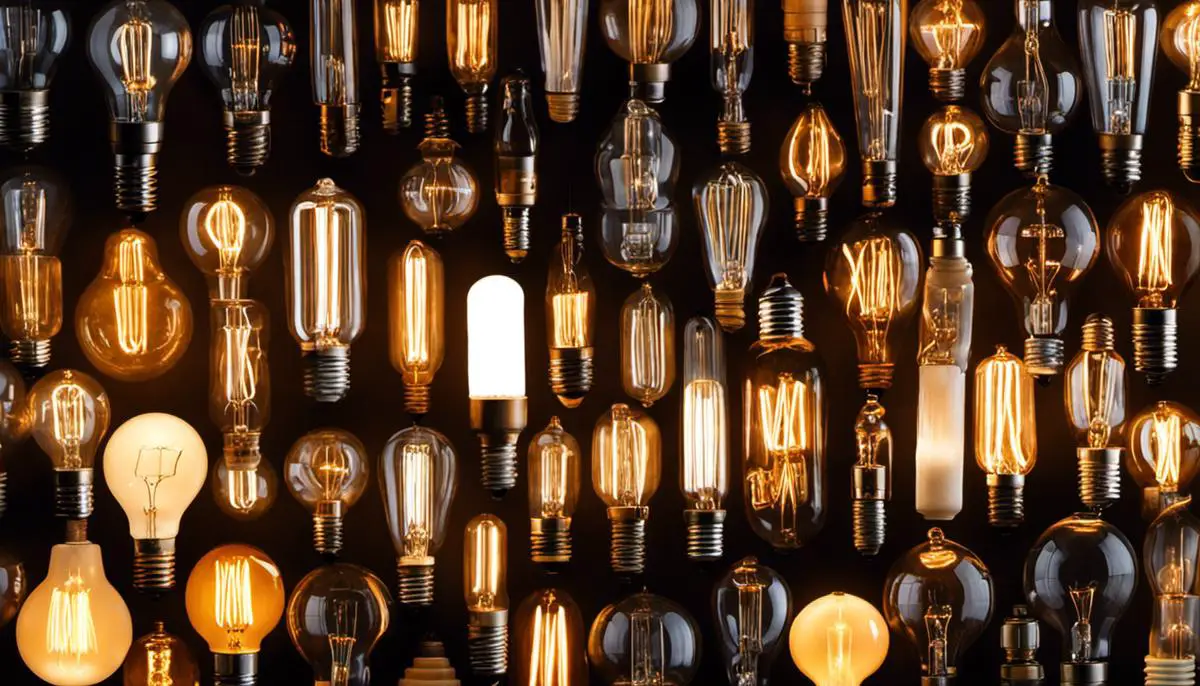
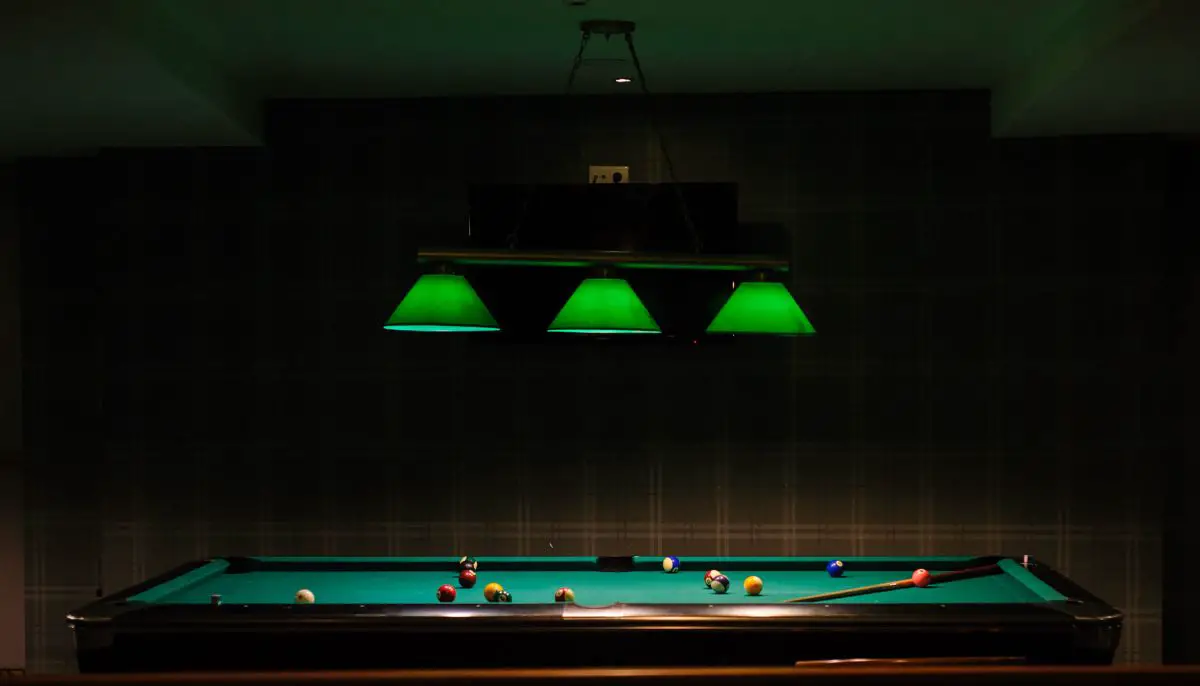

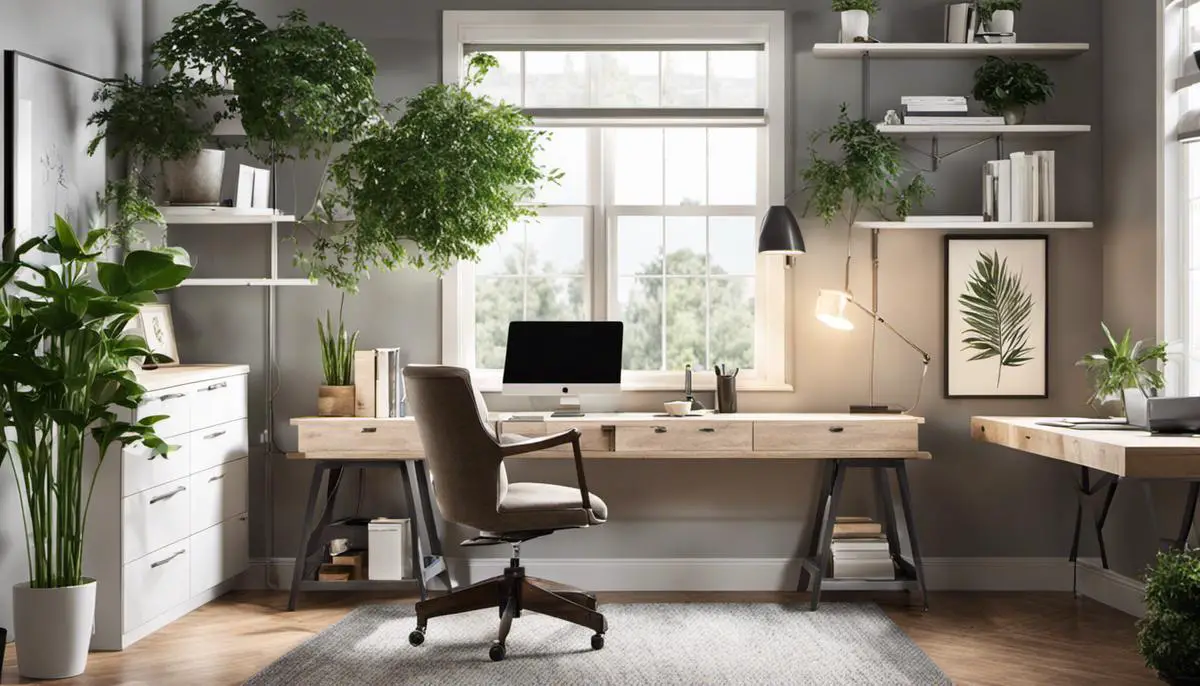
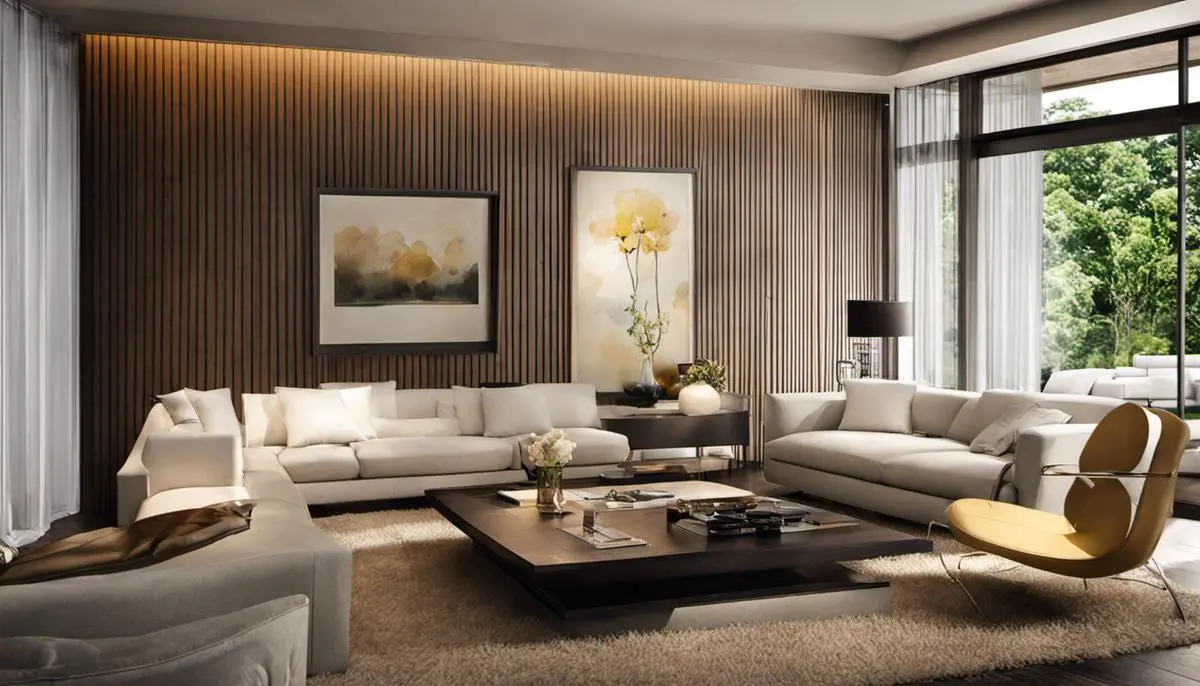


Leave a Reply